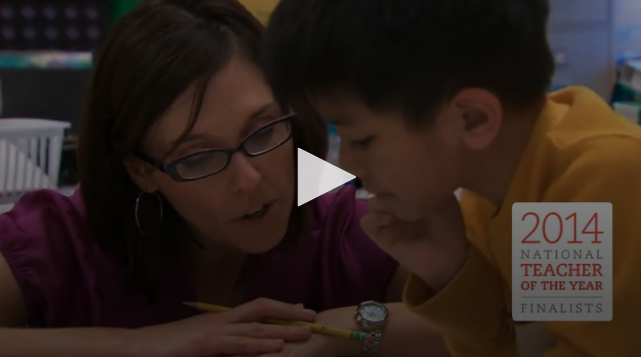For teachers who are new to project-based learning (PBL), voice and choice are often the most enticing features. Many teachers are on board with this theory because it’s easy to see how — with a little bit of say in what or how they learn — students can feel empowered and engaged.
However, in my work supporting teachers across the country, I’ve found that a lot of practices that come out of teachers striving for voice and choice are actually grounded in myths about PBL. As a result, teachers end up providing little direction, content becomes lost, and parents and students feel frustrated and confused — leaving no one feeling good about PBL.

My recommendation is to start small with voice and choice, have some success, and leave everybody wanting more.
Read on for three different ways you can provide student voice and choice in your project, while also upholding structures to ensure content mastery.
Idea 1: Provide Three Choices for Final Products
In my last post, I wrote about identifying end products for your project. While it’s tempting at this stage of project planning to offer up a large array of possible products, I encourage you to think about identifying products that have a similar theme and can equally showcase content mastery and skills. For example, you can decide that students will create a public service announcement. To increase voice and choice, you can have students pick from the following three options:
- Visual PSA Commercial
- Audio Public Broadcast Ad
- Print or Social Media Campaign.
These three options will allow you to equally assess student understanding of content and evaluate similar 21st-century skills. For more on best practices of assessment in PBL, check out this blog post.

VIDEO: Academic Choice: Comprehending & Retelling a Story
Idea 2: Provide One Choice for Product, But Variety In Content
Perhaps the idea of tech workshops and scaffolding more than one final product overwhelms you. No fear — you can still provide some choice for students by allowing them to pick WHAT they learn about. Similar to what I outlined above, you’ll need to think about guiding students to content that allows you to equally assess content mastery and skills.
One way that I frequently see teachers provide student choice is through research topics in the early benchmarks of a project. For example, in a first-grade project exploring biomimicry, students may get to pick which animal they research for their final product. In upper grades, students can have variety in the field work they engage in to help them collect data for their project. Perhaps you set up five unique field experiences and students can identify which they feel maps best to their research and interests. And if you’re feeling adventurous, you can allow students to have some choice in their final product and their research content.

VIDEO: Student Profile: Collaborating to Make Change
Idea 3: Allow Students to Propose an Authentic Audience of Their Choice
Because you’ve worked hard to develop the bones of an authentic project, students will naturally make connections to people and places in your community as they engage in learning activities throughout the project. As you round the final benchmarks of the project, you can ask students to identify an audience for their final product. You can simply ask them:
- Who do you think needs to hear about this issue?
- Who in our community has the power to help us solve this problem?
- What is the best way for us to tell them about this issue or problem?
You can provide examples such as blog posts, editorials, print campaigns, PSAs, letters to board members, etc. From here, students can write a proposal for who they would like to share their learning with and how they would like to go about it.
If you’re still feeling adventurous, check out shareyourlearning.org and the #Shareyourlearning campaign for more ideas on exhibiting student learning to authentic audiences.
Onward!: Project Plans to Implementation
Any of these three steps can open up the possibilities for student choice, which will help engage students in their learning. If you’re new to PBL this year, the key to voice and choice is to find a healthy place between your comfort zone and falling off the growth edge. Set yourself up for success so that your students have a positive introduction to PBL, then next year you can refine and extend the voice and choice possibilities even wider.
If you’ve read all three posts in this back to school series and are ready to dive into your project ideas, check out this resource to help you finalize your project plans and put you on a smooth road to PBL implementation.






